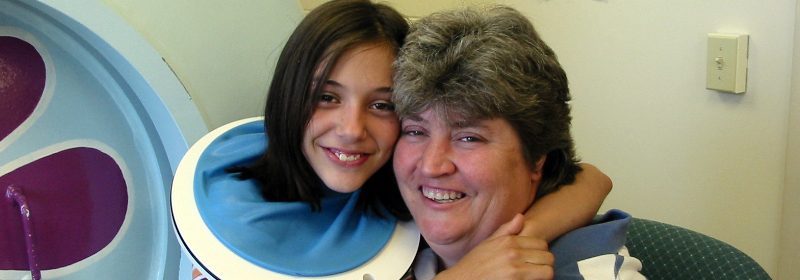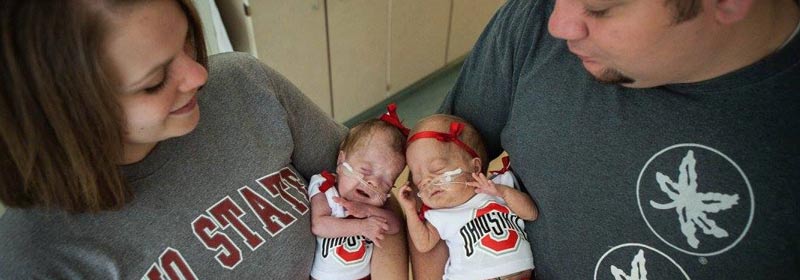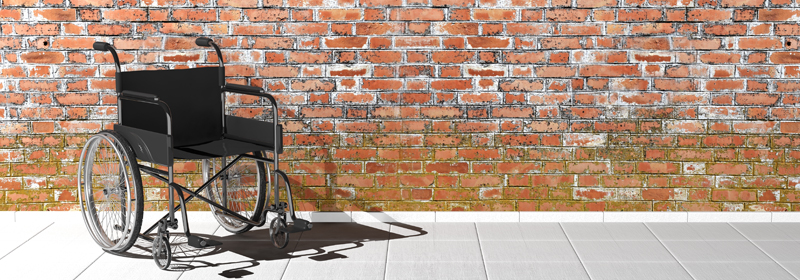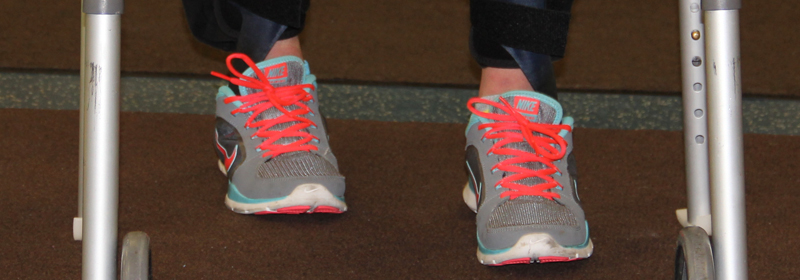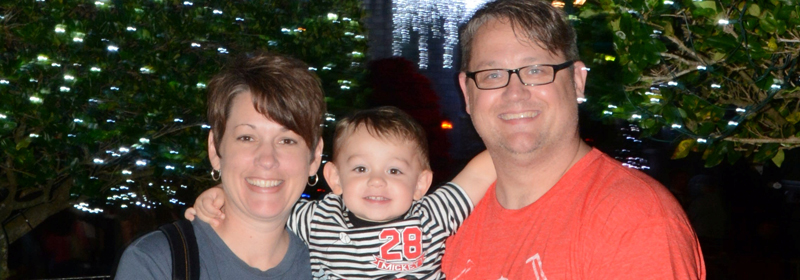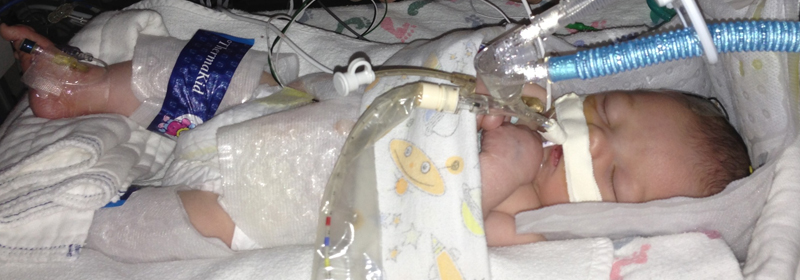Now You Hear It, Now You Don’t
Few things can be as baffling (and concerning) as waking up one morning and discovering that your hearing is completely gone. In February 2016, Elisabeth experienced sudden hearing loss in her right ear following a series of upper respiratory infections. She immediately began consulting with her physician in hopes of learning what caused it, and more importantly, if there was anything that could be done to get her hearing back.
After months of testing, Elisabeth was ultimately diagnosed with Sudden Sensorineural Hearing Loss (SSHL), commonly known as sudden deafness. SSHL is defined as a loss greater than 30dB in three contiguous frequencies, occurring over a period of less than three days. SSHL happens when the inner ear, the cochlea in the inner ear, or the nerve pathways between the ear and the brain become damaged. In many cases, the condition often goes undiagnosed. Ear specialists will contend that Sudden Sensorineural Hearing Loss is one of the most perplexing and controversial unsolved mysteries concerning our ears.
There seem to be many opposing thoughts as to what exactly causes SSHL and how to effectively treat it. Only 10 to 15 percent of the people diagnosed with SSHL have an identifiable cause. The most common causes of SSHL appear to be autoimmune diseases, infectious diseases, neurological diseases and conditions, trauma to the head, ototoxic medications, blood circulation problems, prolonged exposure to loud noise, disorders of the inner ear and tumors on the nerve that connects the ear to the brain.
In the United States, the most widely accepted form of treatment for sudden deafness, especially in cases where the cause is unknown, is corticosteroids. If the condition is diagnosed and treated promptly, this line of treatment typically allows people with SSHL to recover quickly. However, when left untreated, many people with the condition experience hearing loss that gradually gets worse over time. Unfortunately for Elisabeth, her diagnosis of SSHL was made nearly two months after the initial auditory loss.
Sadly, Elisabeth’s primary care doctor missed the original diagnosis. When she was finally able to see an Ear, Nose and Throat Specialist (ENT) who was able to diagnose her with SSHL, he was very concerned for her recovery as early treatment greatly improves a patient’s ultimate prognosis. Her ENT immediately put her on oral steroids, a diuretic, and a course of intratympanic (through the eardrum) steroid injections. Following this multi-mode treatment, most people who are going to recover hearing function do so within one or two weeks.
Unfortunately for Elisabeth, the test results from the audiogram performed two weeks later were not positive. The audiogram showed that she was still experiencing two modes of apparent hearing loss. It also showed she had almost no recovery at the key 6,000 to 9,000 Hz range of frequencies where her SSHL was most severe. The prognosis for patients like Elisabeth, who show such little recovery by this point in their treatment process, was very bleak. She was given very little hope that her hearing would ever return. Elisabeth was very discouraged by this news but refused to give up. She began researching alternative procedures for treating SSHL that are commonly practiced in other countries. It was through this research that she discovered Hyperbaric Oxygen Therapy and restored her hope of regaining the hearing in her ear.
Many of the medical facilities in Elisabeth’s hometown have hyperbaric chambers. However, since SSHL is not considered an insurance reimbursable condition in the United States, none of these centers would allow her to undergo treatment. Ultimately, Elisabeth’s research led her to Sara’s Garden. After her ENT cleared her to receive Hyperbaric Oxygen Therapy, she traveled to Wauseon to begin treatments. Elisabeth spent one week at Sara’s Garden, undergoing five treatments of Hyperbaric Oxygen Therapy before returning home with noticeably improved hearing. Nine days after her final HBOT session, Elisabeth returned to see her ENT for another audiogram. Tests showed that she had almost full hearing recovery!
Her ENT was shocked at the change in her hearing following hyperbaric treatments. He postulates that her inner ear benefitted from the treatment both mechanically (by alleviating the pressure in her ear) and neurologically (in helping the nerves and membranes to heal).
Elisabeth recently commented, “The first time I walked on a beach and could close my eyes and tell where the water was from the crashing waves was quite possibly one of the best experiences of my life. I have tears in my eyes as I consider this. Even now when I think of Sara’s Garden and the little town of Wauseon, I am moved by how much I owe them. Words fail to describe my profound feelings of thanks to Sara’s Garden.”
Thanks to Hyperbaric Oxygen Therapy services at Sara’s Garden, Elisabeth now has her hearing back. Her memories of Sara’s Garden and the big purple chamber are fond ones. She arrived at Sara’s Garden fragile, scared and hopeless. What she found was a kind and caring staff that gave her what she needed most: hope.
No matter what you’ve been told, there is hope… for this and many other conditions. HBOT is treatment without drugs… without surgery… without pain.



